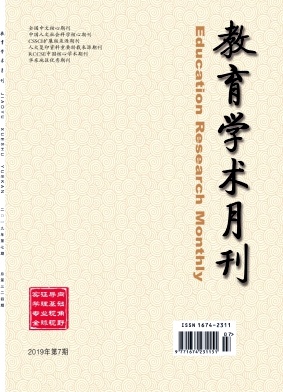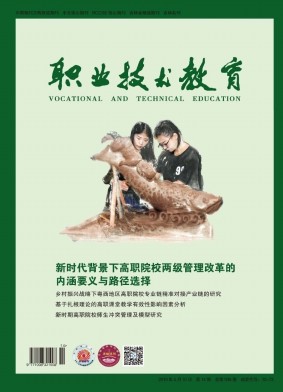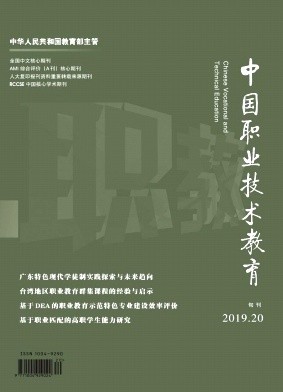摘要 易地扶贫搬迁意味着将生产生活条件极为艰苦地区的贫困农户搬迁出来,并实现增收脱贫。本文基于实地调查数据,系统总结了“十三五”时期易地扶贫搬迁的六大特征:迁移作用力以迁出地的推力为主;安置方式以城镇化集中安置为主;生产方式以非农化为主;劳动力转移方式上县内就地转移与外出异地转移并举;城镇基础设施与公共服务成为重要支撑;面临经济融入和社会融合两大命题。做好易地扶贫搬迁后续扶持,要实现其与以县城为载体的城镇化协同并进,同步推进就地安置与劳务输出,扶技、扶志与扶业并重,加快安置地公共服务和基础设施的“软件”和“硬件”建设,加快易迁贫困人口的社会融合,盘活用好迁出地的各项资源。 Relocation for poverty alleviation means relocating poor farmers in areas with extremely difficult production and living conditions.This article summarizes six characteristics of relocation for poverty alleviation during the 13th Five-Year Plan period in China based on the field survey data.These six characteristics of relocation include:the driving force of relocation is mainly the“push”of the emigration place;the resettlement method is mainly urbanization;the production method is mainly de-agricultural;the mode of labor transfer is both in-situ transfer within the county and transfer out of the county;urban infrastructure and public services have become important supports;economic integration and social integration remain two challenges after the relocation.In order to provide good follow-up support for poverty alleviation and relocation,it is necessary to realize the coordination of relocation and urbanization based on county towns.Local resettlement and labor export need to be combined.Improving skills,stimulating ambitions and getting jobs should be regarded as equally important.Public services and infrastructure construction in resettlement areas need to be accelerated.Resettlers’social integration after the relocation needs to be enhanced.And the resources in the resettlement areas should be revitalized and used effectively.
机构地区 武汉大学国家发展战略研究院
出处 《中国农村经济》 CSSCI 北大核心 2020年第12期88-102,共15页 Chinese Rural Economy
基金 国家自然科学基金面上项目“人为核心的新型城镇化路径选择”(项目编号:71673207)的资助。
关键词 易地扶贫搬迁 后续扶持 城镇化 非农化 社会融合 Relocation for PovertyAlleviation Follow-up Support Urbanization De-agriculturalization Social Integration




